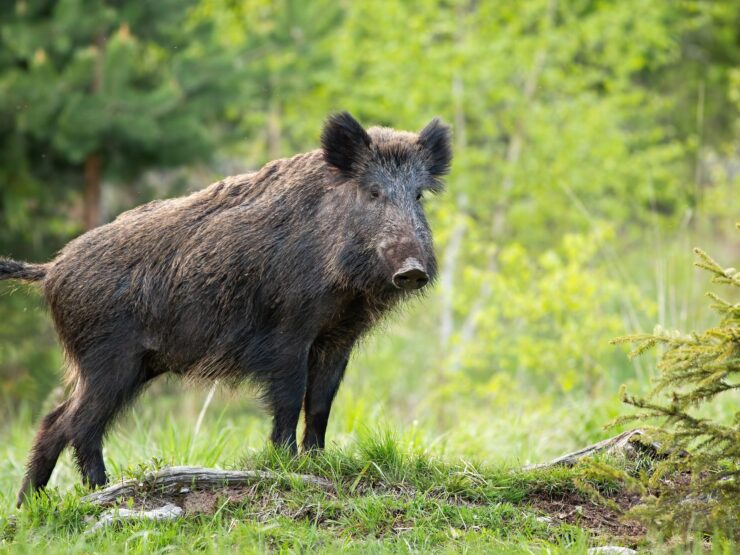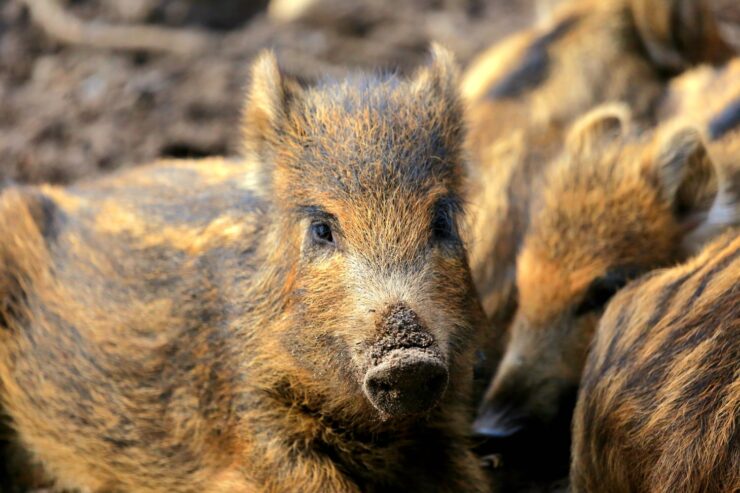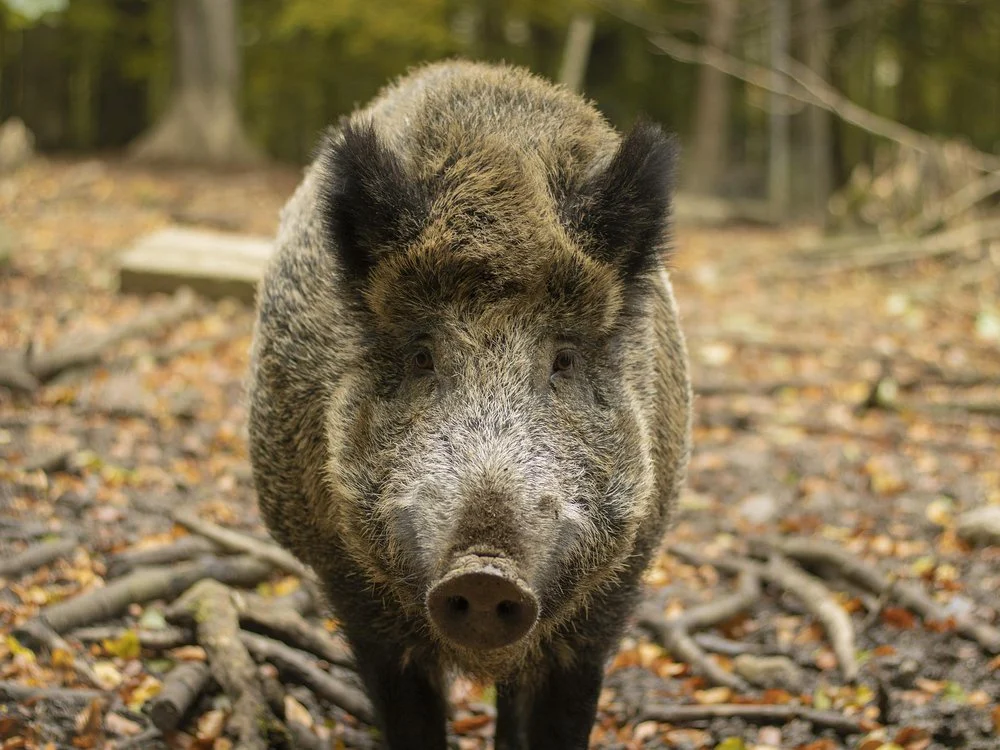The time has come for boar hunting to step forward and take its rightful place as North America’s premiere dangerous game animal. Wild boars are the beasts of kings and it’s time that the true monster boars have an official record scoring and documenting system to be ranked and remembered by.
I have seen some real giants harvested over the last few years however other than a photo and a shoulder mount, there has been no realistic and fair way to rank or compare trophy class wild boars. Brutal Boar Creations along with Boar Hunter Magazine have developed and are now promoting a new and official wild boar record book system. This record book is called the “Weiser Weight & Tusk” scoring system or “WWT,” and it works as follows:
In developing a fair and simple method to score wild boars, we focused on the basic and most popular characteristics that all hunters look for in a trophy or “record book” wild boar. These two attributes are body weight and tusk size. We developed a scoring system to rank wild boars that gives both characteristics “separate but equal” representation. The WWT scoring system does this flawlessly.
In using the WWT system, only the weight of the boar and the size of his bottom tusks are figured into the score. In scoring, every average inch of bottom tusk has been made equivalent to 100 pounds of body weight.
When I say “average inch of bottom tusk” I am referring to both bottom tusk’s lengths averaged together. The main focus in developing this scoring system was simplicity and equality among genetically different boars. This was accomplished by separating boars into two different classes.
These two classes are the “Weight” class (W) and the “Tusk” class (T). The W class is designed to group all boars who get the majority number of points due to body weight, while the T class groups all boars together that receive the majority number of points from tusk length. Here is an example:
The first boar we are going to score weighs 310 pounds and has a total bottom tusk length of 4 inches. (Each bottom tusk was exactly 2 inches long.) Each tusk also has a base circumference of 2 inches.
First, we would write down the weight of the boar (in pounds). Next, we would measure the circumference of each tusk at the base and add both tusk circumferences together. Last, we would add the length of each bottom tusk together (in inches) and multiply that number by 50. By adding these three numbers together we come up with the WWT score. It’s that simple! For the boar we just scored the formula should look like this:
W + C + (T x 50) = WWT Score
310 + 4 + (4 x 50) = WWT Score
310 + 4 + 200 = 514
This boar scored a 514. Now to classify the boar into the “Tusk” or “Weight” category just look at which score was greater before you added the two together. This particular boar obviously had a greater W score so his final score would be 514W. This places the boar in the “Weight” category. The tusk circumference does not play a factor in whether the boar is placed in the “Tusk” or “Weight” category.
Let’s score a boar that weighs 240 pounds but has a total of 5.5 inches of bottom tusk and a total of 6 inches of tusk circumference. Using the WWT formula we get:
240 + 6 + 275 = 521
This boar’s greater score came from the tusk measurement, so his final score would be 521T.

The W and T classes allow for all boars to be ranked by their greater physical characteristics. It equalizes the differences in physical attributes caused by differences in genetics, environment, and nutrition. Much like Bonne and Crockett uses typical and non-typical classes to separate genetic differences, the WWT system uses the “Weight” and “Tusk” classes to separate genetically different boars for fair ranking purposes. The circumference is figured into the equation to be used as a tie breaker in close scoring situations.
Let me make a comparison to illustrate how two boars with the same WWT score differ from the W and T classes. Both of these hypothetical boars scored a 706, each in their respective class. The boar in the W class weighed in at a whopping 500 pounds but only had a total of 4 inches of bottom tusk. The boar in the T class weighed in at 300 pounds but had a grand total of 8 inches of bottom ivory. Both boars have a total of 6 inches of bottom tusk circumference.
These boars’ numerical score is equally impressive. I doubt anyone would say that one boar is a far greater trophy than the other. It all comes down to personal preference when deciding which is favored. If both boars were standing down range at 200 yards, which one would you pull the trigger on? This is why the WWT scoring system classes the two boars separately, so they can compete against other boars that are physically similar. This makes the WWT scoring system the most fair and accurate way to score and classify all wild boar taken in any part of North America or the world for that matter.
WWT is in its beginning stages. All scoring must be done by an official scorer. Boar Hunter Magazine and Brutal Boar Creations are in the process of developing official scorers throughout different regions of the United States and hopefully soon in different parts of the world. It is the hopes of all involved that the scoring system will help boar hunting surge forward in both popularity and respect while at the same time allowing documentation and competition between all giant boars taken. We encourage all hunters to include a WWT score to photos sent in to the magazine for publication. By doing this the popularity and understanding of the system will grow. It will also allow for readers to be able to compare trophy values of boars.

Once a year Boar Hunter Magazine will print the official “TOP 50” boars taken the previous year in both the W and T classes. This will also add a spark of competition and anticipation between hunters, ranches, states, regions, and countries. Please contact Boar Hunter Magazine or me with any questions.

